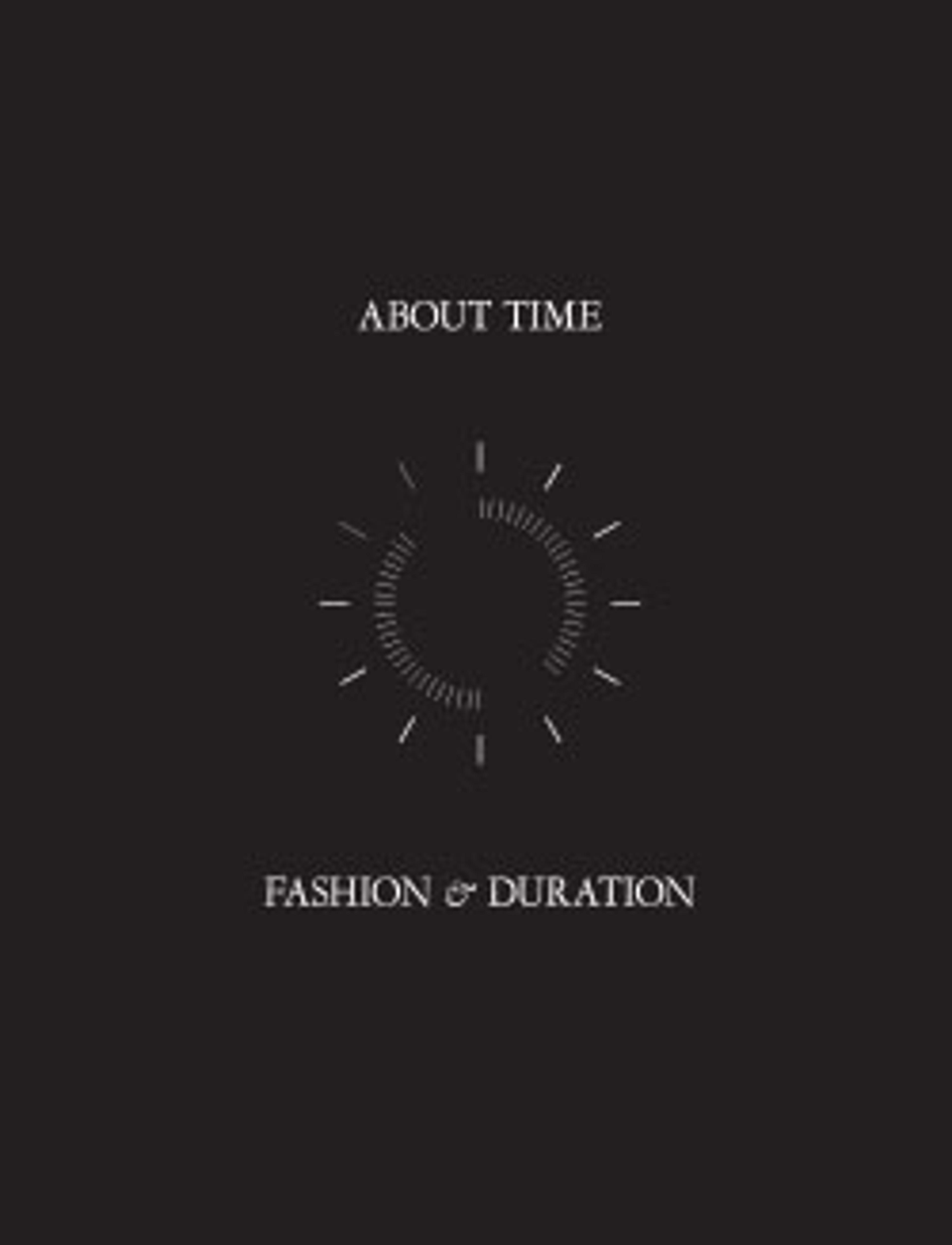Wedding dress
A textile designer by training, Rhodes developed an interest in fashion out of a desire to find the right vehicle for her distinctive, whimsical print designs. One of the reference points for her seminal 1977 “Conceptual Chic” collection was Elsa Schiaparelli’s famous “Tears” dress from 1938, an ensemble with a striking “torn” trompe l’oeil textile designed by the artist Salvador Dalí. Rhodes reversed her standard practice, rendering a two-dimensional print in three dimensions by making artfully placed and finished tears in a crystal-studded knit rayon. The collection offered a more refined take on the rips, chains, and safety pins that then adorned the punks of King’s Road in London. Rhodes, who has been credited as the first to integrate punk aesthetics into luxury fashion, admitted that she was responding to the zeitgeist, inspired by the “vibrations” in the air.
Artwork Details
- Title:Wedding dress
- Design House:Zandra Rhodes (British, founded 1969)
- Designer:Zandra Rhodes (British, born 1940)
- Date:1977
- Culture:British
- Medium:Nylon, rayon, metal, glass
- Credit Line:Gift of Zandra Rhodes, in honor of Harold Koda, 2016
- Object Number:2016.562a, b
- Curatorial Department: The Costume Institute
More Artwork
Research Resources
The Met provides unparalleled resources for research and welcomes an international community of students and scholars. The Met's Open Access API is where creators and researchers can connect to the The Met collection. Open Access data and public domain images are available for unrestricted commercial and noncommercial use without permission or fee.
To request images under copyright and other restrictions, please use this Image Request form.
Feedback
We continue to research and examine historical and cultural context for objects in The Met collection. If you have comments or questions about this object record, please contact us using the form below. The Museum looks forward to receiving your comments.
